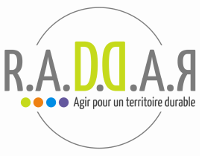Data rooms are a common feature in M&A and other business operations like capital-raising rounds or an initial public offering (IPO). They are highly effective tools for sharing documents to facilitate secure and efficient data exchanges between parties. In comparison to cloud storage apps and other file-sharing options, they are more user-friendly and offer superior features in terms of privacy, security and collaboration.
In addition to standard industry-leading encryption data room providers provide a comprehensive logging and reporting functionality that ensures that all actions within the platform are recorded. This includes access times, who viewed what documents, and how often they were watched. This data is also stored data ethics: a new frontier in corporate responsibility in multiple locations and is available even after files have been deleted. Other key security features of virtual data rooms include dynamic watermarks for downloaded and printed files, permissions based on role two-way syncing, automated indexing, timeouts during inactivity and virus scanning.
A data room can be enhanced with features that promote efficient collaboration. These include a rationally organized folder structure and search capabilities, as well as multiple languages, as well as an area for comments where users can ask questions of other members. This facilitates effective communication and improves decision-making. Additionally, data rooms allow for granular user restrictions/permissions and allow for the monitoring of all login activity by checking IP, device and location to prevent unauthorized data access. Additionally, they are the ideal tool for protecting intellectual property, as they prevent the leakage of sensitive information during the deal process by features like watermarking, download restrictions, and screenshot prevention.
